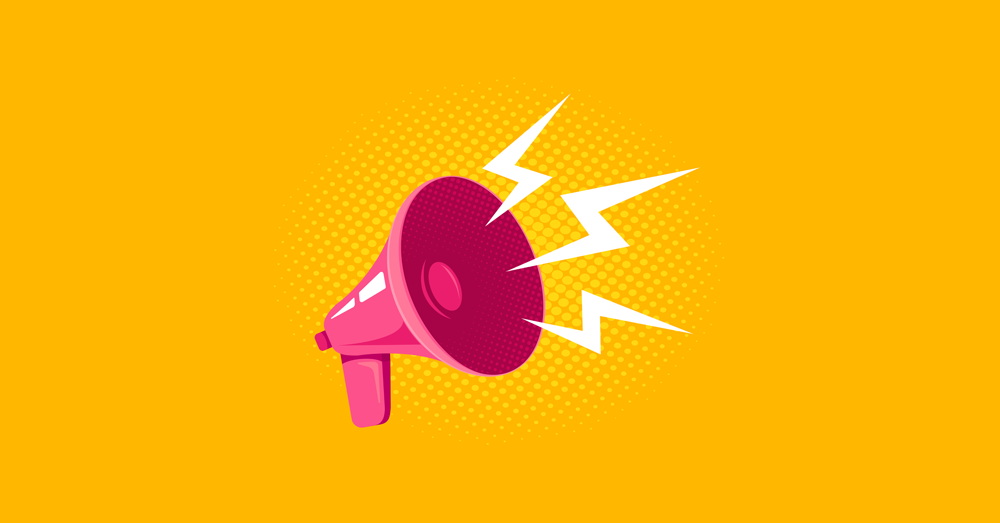by April ThoMarketing is crucial for every business to grow and entice new customers. However, many find it difficult to distinguish the difference between public relations and advertising. The common consensus is that advertising is paid media and PR is earned media... but what’s really the difference? PR and advertising have completely different roles in promoting a business, both of which play a part in helping businesses reach their target markets and objectives. Everyone understands the concept of an advert and its purpose but many don’t necessarily know the function of public relations or its benefits. Firstly, what exactly is PR…? The Chartered Institute of Public Relations uses the following definition: “PR is about reputation – the result of what you do, what you say and what others say about you.” PR enables businesses to share brand messages with the media, potential customers and stakeholders, create brand awareness and raise business profiles. There are three key points that sets PR apart from advertising:
0 Comments
Your comment will be posted after it is approved.
Leave a Reply. |
Blog Archives:
June 2024
|

